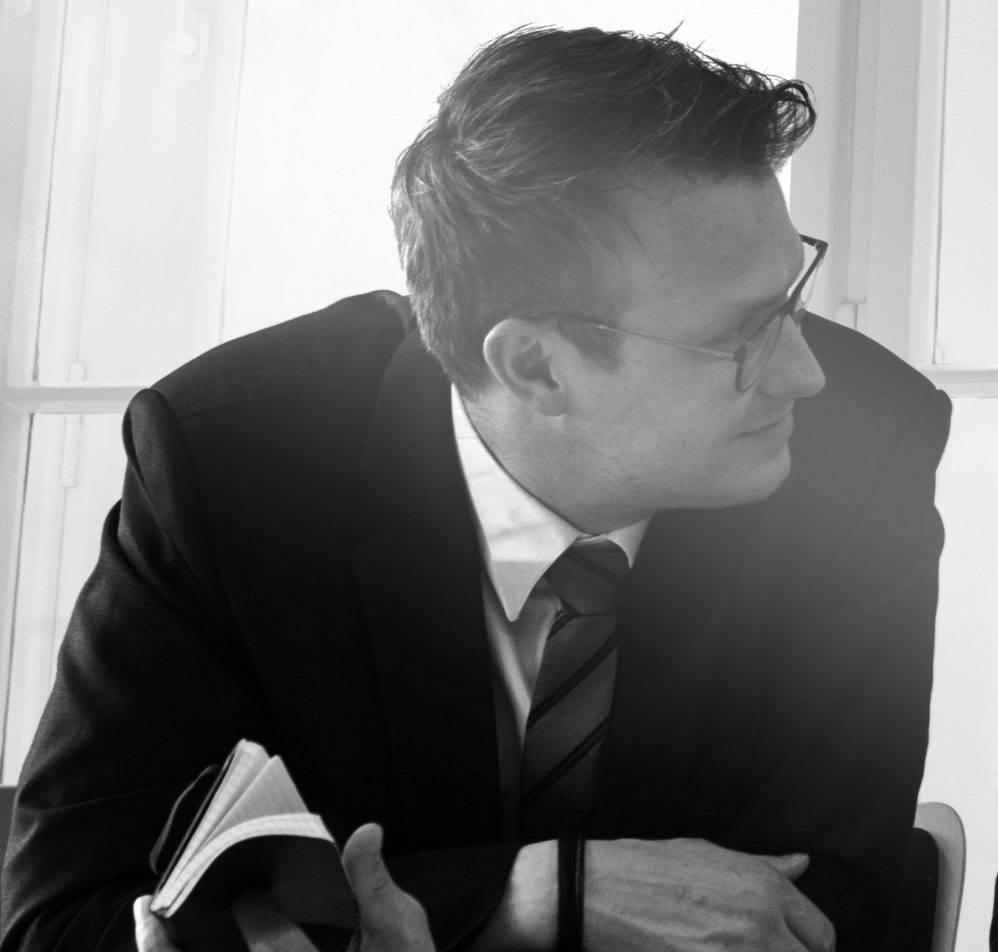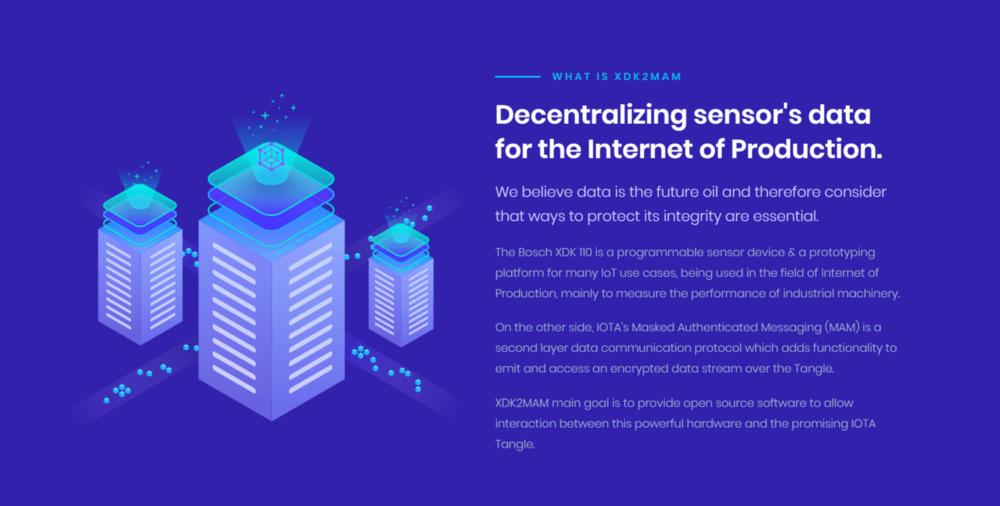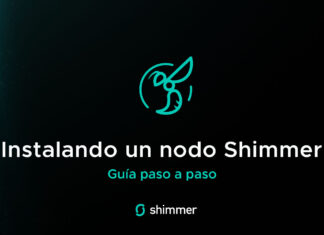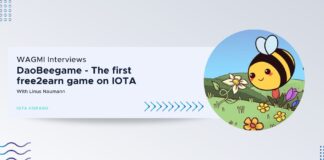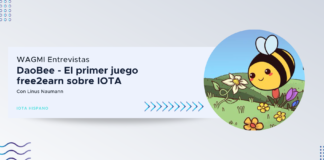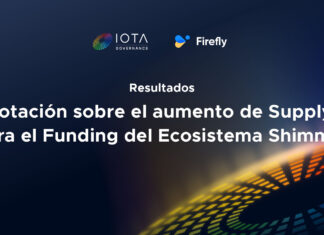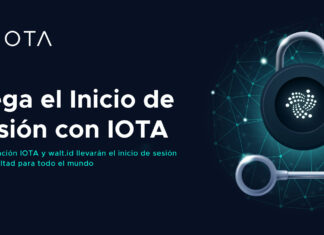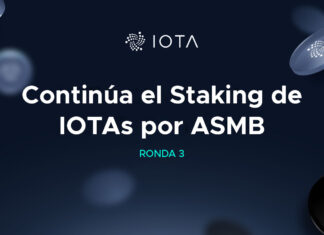I first met Daniel Trauth when I entered the IOTA Evangelist Network and I still remember how amazed I was as I discovered what this guys were doing with sensors applied to industrial machinery in the WZL of RWTH Aachen University: this was my first approach to the Internet of Production.
Since then, Daniel has been of great help every time I (and others) needed orientation with sensors and other IoP related matters. You can see he is really passionate about what he does and always willing to give a hand in the path of what they already achieved.
Daniel De Michele (Carpincho Dem)
Director, IOTA Hispano
IOTA Evangelist Network member
If you like what we are doing help us to continue working! Donate: http://iotahispano.com/donate
Tell us about your background and your current position in the RWTH Aachen University.
After graduating from high school and training as a mechatronics engineer, I moved to RWTH Aachen University in 2005. I first studied Mechanical Engineering at the RWTH and later also Economics. I actually always had a lot of fun developing and researching, which is why I went to the Laboratory for Machine Tools and Production Engineering WZL of RWTH for a PhD, more precisely to the Chair of Manufacturing Technology of former Professor Dr.-Ing. E.h. Dr. h.c. Dr. h.c. Fritz Klocke.
At the WZL I first managed projects in the field of series production, especially for forming technology, until I later became group leader for Forming Technology and today Head of Department / Chief Engineer for Forming Technology, Grinding Technology and Technology Planning. I am also Head of the Machine Learning in Production Engineering working group.
In these roles I especially enjoy investigating and implementing the topics (Industrial) Internet of Things, Artificial Intelligence and Machine Economy in my fields of activity. The RWTH Aachen University has also discovered these topics for itself and has applied for the next period as an elite university under the motto «Internet of Production”. My team and I question how distributed ledger technologies, for example, can contribute to the implementation of the Internet of Production.
How was your first approach to Distributed Ledger Technologies?
My first contact with DLT was completely private. The presence of Bitcoin didn’t pass me by either. A simple investment turned into an interest in the technology behind it. First Bitcoin, then Smart Contracts and step by step new possibilities opened up.
When did you first discover IOTA? What were your initial thoughts?
I heard about IOTA shortly after its release. Similar to bitcoin, the technology behind only opened up after some research. But it quickly became clear. If it is true what this technology promises, then things will change very quickly. This awakened my curiosity. On the one hand, to question whether this technology can hold its own in my professional environment and, on the other hand, how it can be designed to achieve real added value. And that’s what we’re working on. Studying the technology.
We know the WZL of RWTH Aachen University is conducting research on “Internet of Production”. Would you explain what this concept is about and why it could be of importance in the future?
A direct application of the IoT approach to production engineering is currently not sufficiently feasible, as there are many more parameters in industrial applications then in IoT-devices, but much less available data. Modern production is characterized by vast amounts of data. However, this data is neither easily accessible, interpretable, nor connected to gain knowledge. With the Internet of Production (IoP) we have the vision to enable a new level of cross-domain collaboration by providing semantically adequate and context-aware data from production, development and usage in real-time on an appropriate level of granularity. The central scientific approach is the introduction of Digital Twins as purpose-driven, aggregated, multiperspective and persistent datasets. The WZL along all other participants will design and implement a conceptual reference infrastructure for the Internet of Production that enables the generation and application of Digital Twins.
The IoP is therefore an important milestone for possible paths that may open up in the future. For us, the machine economy in particular is an important motivator.
Why would you say is important to use a DLT to deal with data produced by machines instead of any well known centralized system?
I would like to rephrase the question. As independent researchers at RWTH Aachen University, we do not (yet) claim that distributed-ledger-technologies will prevail over established conventional centralized systems. We also don’t say that Tangle is better than Blockchain. All we’re saying is that we have reasons that justify an investigation of the potential and that we want to find out what applications for producing machines might open up, where DLTs are better. This is often confused. Unlike other institutions, however, we are enduring and confident that we can achieve positive results. Our current PoC confirms this. Even if you can discuss whether the PoC makes sense from your point of view. But that’s what end customers have to decide. Not us. We only supply possibilities and applications. One of the applications that has convinced us is the Secure Audit Trail. With the help of a Secure Audit Trail we gain confidence in safety-critical components. On the one hand, because the data is visible to everyone, on the other hand, because it implicitly induces the partners of a supply chain to deliver the best possible quality. In aviation in particular, human lives would no longer depend on safety factors and hope, but on concrete and comprehensible relationships. By the way, we don’t want to use DLTs as data storage, but more as a logbook or protocol. Nevertheless, the integrity of the data can be ensured via the tangle. The date itself, which can sometimes be several MB, is probably stored by combining additional storage options. But here too we are working on the topic and still have to find out what is the best way.
Considering that IOTA is still in PoC phase, why did WZL RWTH choose it amongst other DLTs?
At the time of the decision, zero-cost transactions and a theoretically better scalability were crucial. And we want to confirm these arguments.
What kind of sensors are you using on PoCs to collect machinery data at WZL? What are they precisely measuring?
The Internet of Production is trying to digitize an entire technology. In our case this includes the machine, the material, the tool and the finished component. Thus we use a variety of sensors that make exactly this visible: Material properties such as strength and hardness, component thickness and geometry, tool reaction forces and strains, machine kinematics, noise, vibrations, video signals and many more. Sooner or later, all this is to be transformed into individual and a common digital twin and can be used for a machine economy. The difficulty here is that most sensor values are only analog and have to be converted to a digital versions firstly. A lot of information can already be lost or overinterpreted, which falsifies complete subsequent decisions.
Could you explain a bit the process of gathering machinery data and send it through the Tangle? What steps are involved in doing this?
Analog (machine) signals are continuous and can record any value between a minimum and a maximum value. During digitizing, a continuous analog signal is sampled at fixed time intervals and converted into numerical values. This sampling rate or sampling frequency is given in Hertz (Hz). It is also important how fine the value grid into which the amplitude of the analog signal is transmitted is. This so-called word width is measured in bits. The higher both values are, the closer and more accurate the recorded values are in relation to the analog signal. The conversion takes place via analog-to-digital converters. Since the analog signal fed to the ADC is converted into a variable digital value, it must be evaluated with a specified value or signal (input signal range or measuring range). Usually a fixed reference value is used, e.g. an internally generated reference voltage. The analog input signal is digitally mapped, the reference determines the permissible peak value of the input signal.
In the first step it is necessary to identify data sources that enable an evaluation of the process. These can be data sources that are already present in the machine, e.g. a current measurement in the drive controller or sensors already installed by the manufacturer. In many cases, these sensors are not sufficient to evaluate the process and external sensors must be installed. In our Proof of Concept we have integrated piezoelectric sensors into the tool, which enable a high measuring speed and resolution of the forces occurring in the process. Suitable methods and systems must then be developed to collect this data. This is particularly necessary when recording internal machine data without loading the control components. For cost reasons, today’s controllers are not designed for high-end hardware and in many cases do not have the necessary resources to perform data acquisition and processing in addition to controlling the system. After acquisition of the machine and sensor data, signal processing takes place in the classical way in order to extract relevant signal quantities. Of course, this data must be enriched with additional data sources and meta information in order to generate a data set. This data set can be several gigabytes in size. Such amounts of data cannot be transferred to the tangle. Therefore, we collect unique data that is assigned only once per device, e.g. the serial numbers of various components. These properties together form a digital fingerprint. A checksum is formed from all data together with the unique fingerprint and the private seed to ensure a high level of protection against manipulation. The raw data and characteristic values are also saved. Then the checksum is transferred to the tangle.
How do you imagine that the internet of production will affect industrial efficiency in the near future?
Within our vision of the Internet of Production, data from distributed sources along the product lifecycle will be multilateral accessible and usable. Data-based empirical evidence and systematic learning across locations, domains and industry branches will lead to new level of efficiency for producing industries.
What other particular cases you think could benefit from having its parts performance audited by collecting sensor’s data?
To be honest? I don’t know yet. The possibilities are so limitless that theoretically everything and nothing can be implemented. However, I am firmly convinced that new and different use cases can be mapped with each passing day.
You are head of admissions at IOTA Evangelist Network. Would you tell the story of how you ended up being an IEN member and what’s all that about?
I was admitted to the IOTA Evangelist Network earlier this year. Before that I had the chance to go through a personal interview with Kevin Chen, founder of the IEN. I was also able to visit him personally during a stay in New York. After some time he asked me if I would be interested in participating in the growth of the IEN. I said yes. I then started early to build up a network for Germany and was therefore very active. He asked me if I would like to play the role of Admissions Head. I immediately said yes and since then I have been trying to help other IEN members to build their own network as well as the global growth of the IEN. It’s unbelievably fun to watch one thing grow so great with so many different and distributed people around the world. Thanks to the Admissions Team! Well done!
What would you say to people involved in the industrial sector that still has not heard about the Internet of Production?
Either join us, or be patient.


